Asian households are steeped in rich traditions and customs that have been followed for generations and then passed down. These traditions are more than just rituals; they reflect deep cultural values and respect for others. However, some of these customs can be surprising or even puzzling for Americans.
Read on to learn about 14 Asian household traditions that surprise Americans.
Eating From A Communal Plate

In many Asian households, particularly in Chinese, Korean, and Middle Eastern cultures, meals are often served family-style with a communal plate or bowl from which everyone eats. This practice symbolizes unity and togetherness. Each person uses a clean plate and spoon/chopsticks to take food from the central dish, fostering a sense of community. Americans, who typically serve individual portions, may find this practice unusual.
Serving Tea And Snacks Without Being Asked

When guests arrive at an Indian home, they are customarily offered water, tea, or snacks without asking. This tradition stems from treating guests as gods (“Atithi Devo Bhava” in Sanskrit) and ensuring their comfort.
Not Calling Elders By Their Names

In the Indian Subcontinent and South Korea, addressing elders by their first names is considered highly disrespectful. Instead, titles such as “Uncle,” “Auntie,” “Big Brother,” “Big Sister,” or specific terms of respect in local languages are used. This practice is rooted in the deep reverence for age and experience, emphasizing respect for older people. This tradition can be surprising for Americans, who often address people of all ages by their first names as a sign of familiarity and equality.
Removing Shoes Outside The Door
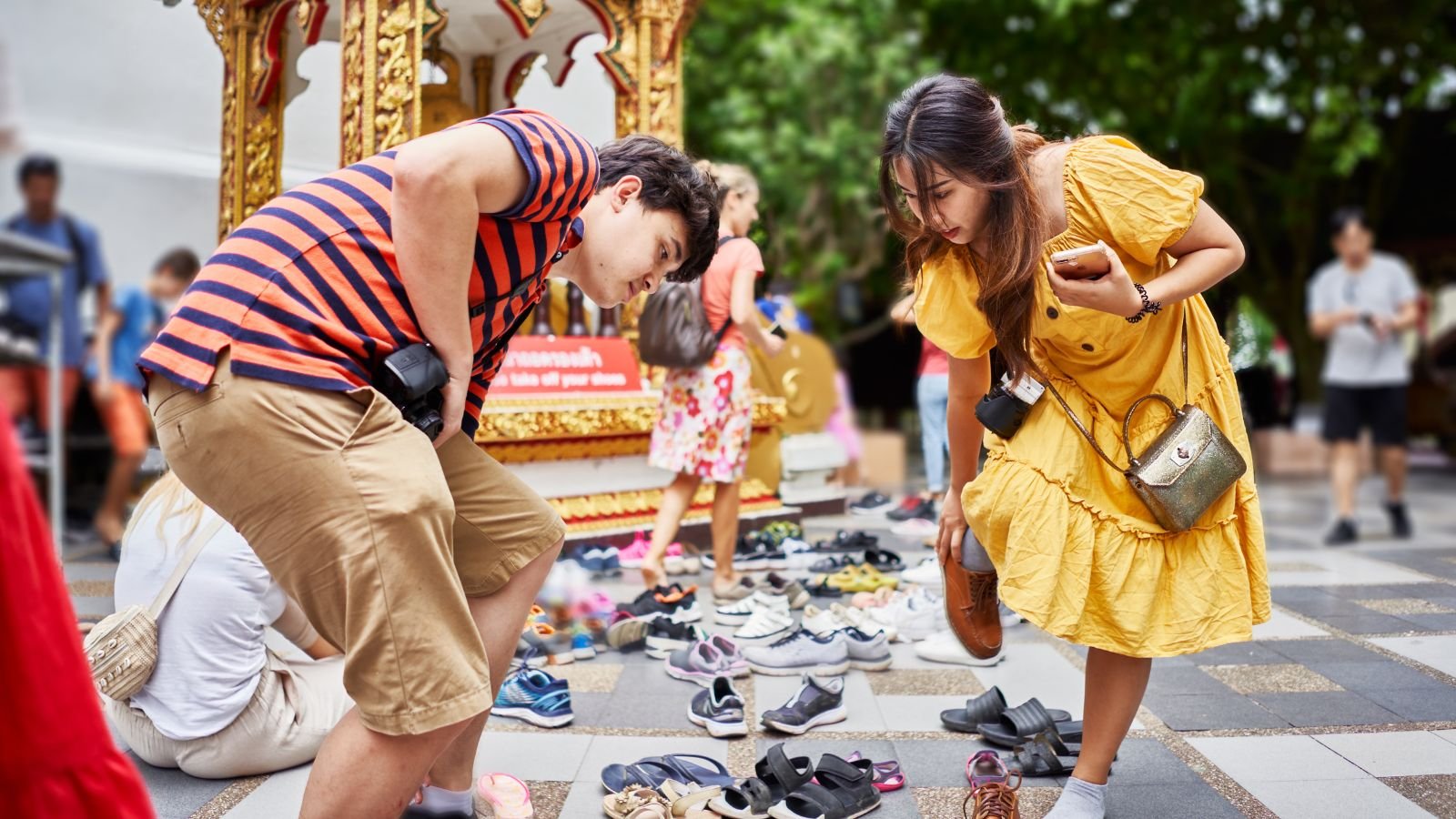
In many Asian cultures, removing shoes before entering a home is customary. This tradition is rooted in both practicality and respect. Shoes can carry dirt and germs from the outside, and many Asians believe that keeping the home clean starts with not bringing in the outside world. According to CNN, some microorganisms on shoe bottoms are drug-resistant. This practice can be surprising for Americans, who may be accustomed to wearing shoes indoors and sometimes even in bed.
Use Of Water In The Toilet
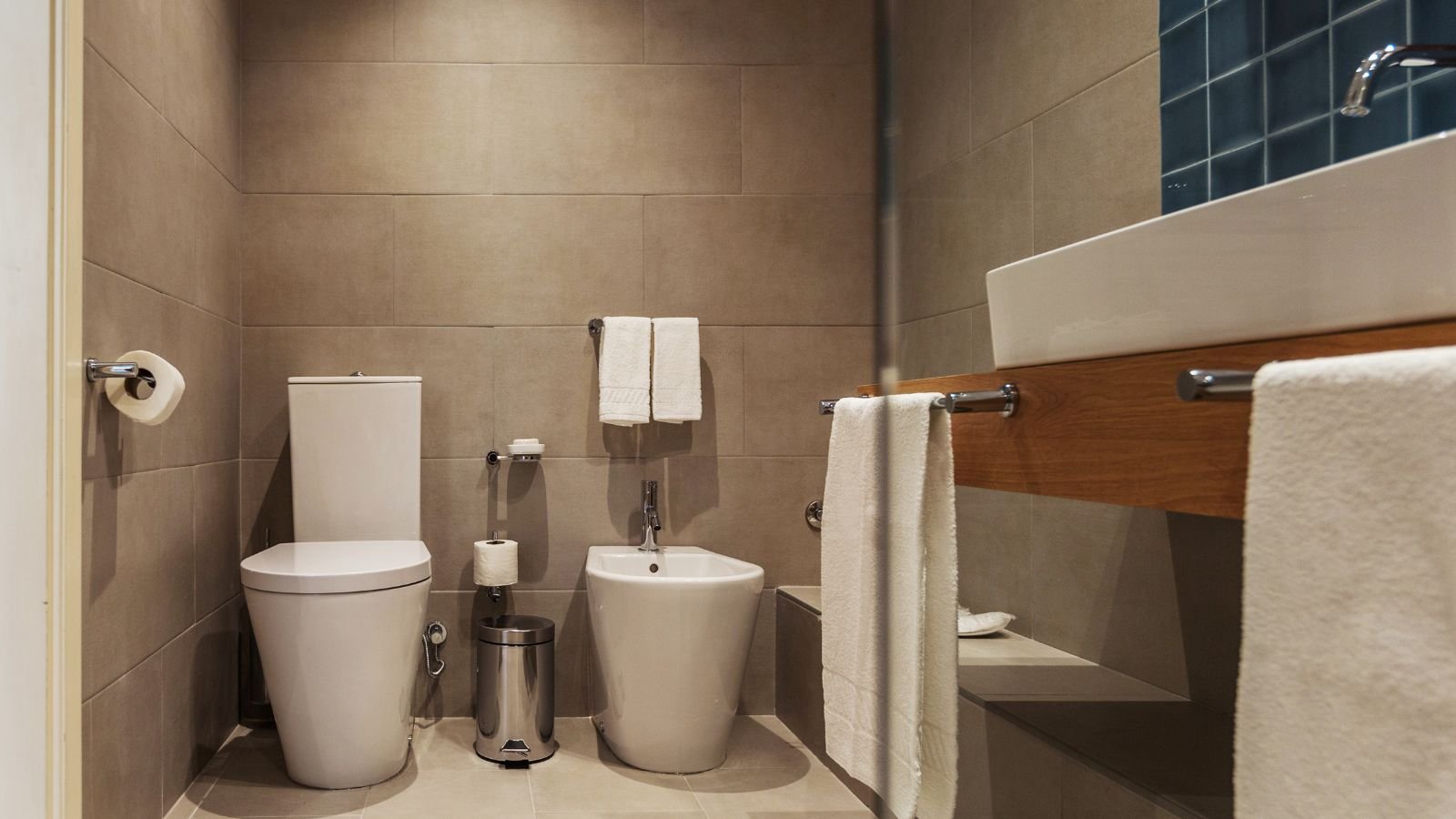
In countries like India, Japan, and parts of Southeast Asia, water is expected to be used for cleansing after using the toilet instead of relying solely on toilet paper. This practice typically involves using a bidet, a hand-held spray, or a water-filled container called a “lota” in South Asia. This tradition emphasizes thorough cleanliness, deeply ingrained in many Asian cultures.
Women Not Drinking With The Menfolk
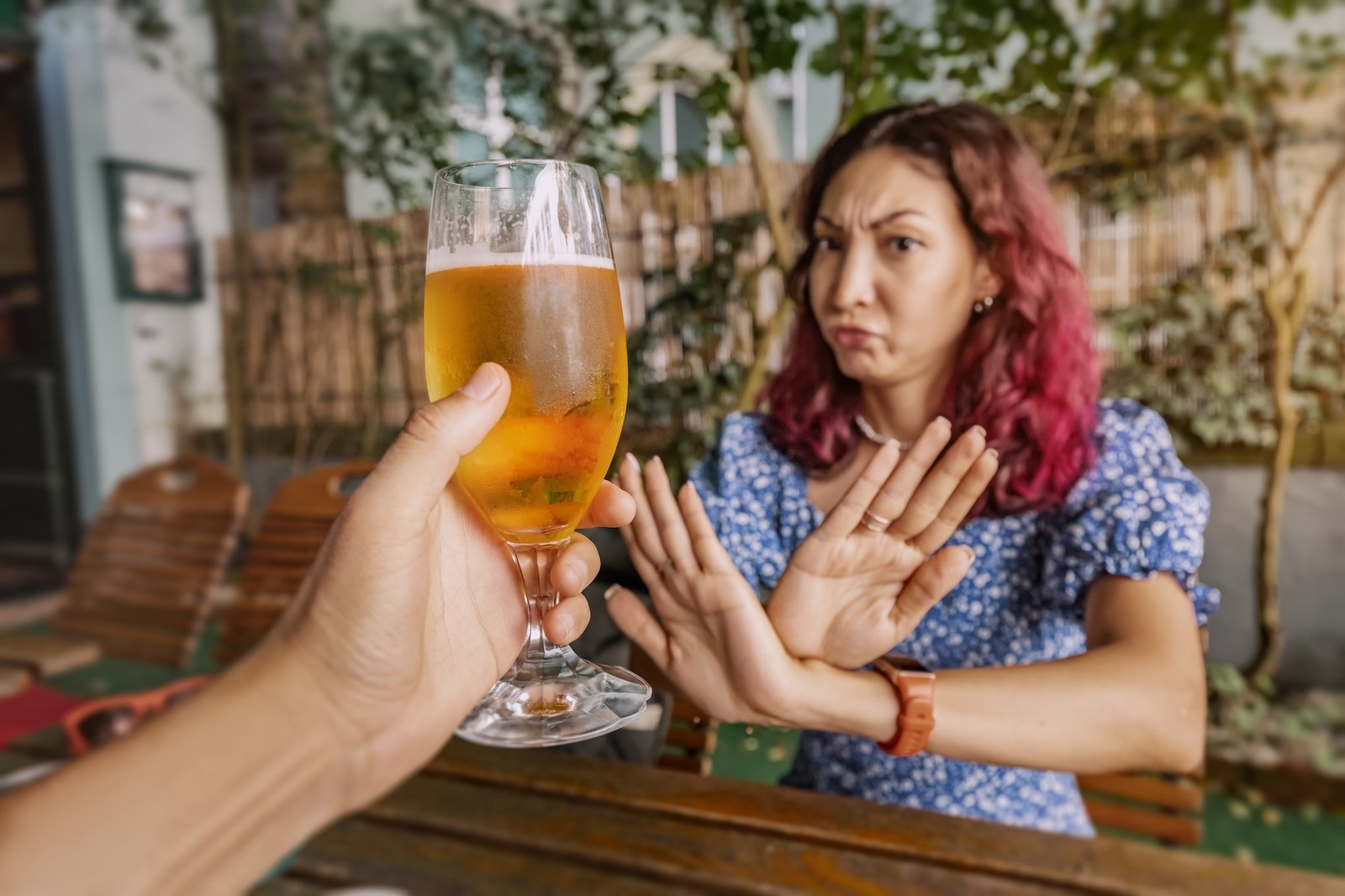
In more traditional Asian households, especially in South Asia and the Middle East, it’s common for women to refrain from drinking alcohol in the presence of male family members. This practice is rooted in cultural norms regarding modesty and respect, making it particularly surprising for those unfamiliar with these cultural nuances.
Celebrating New Year At Different Times Of The Year
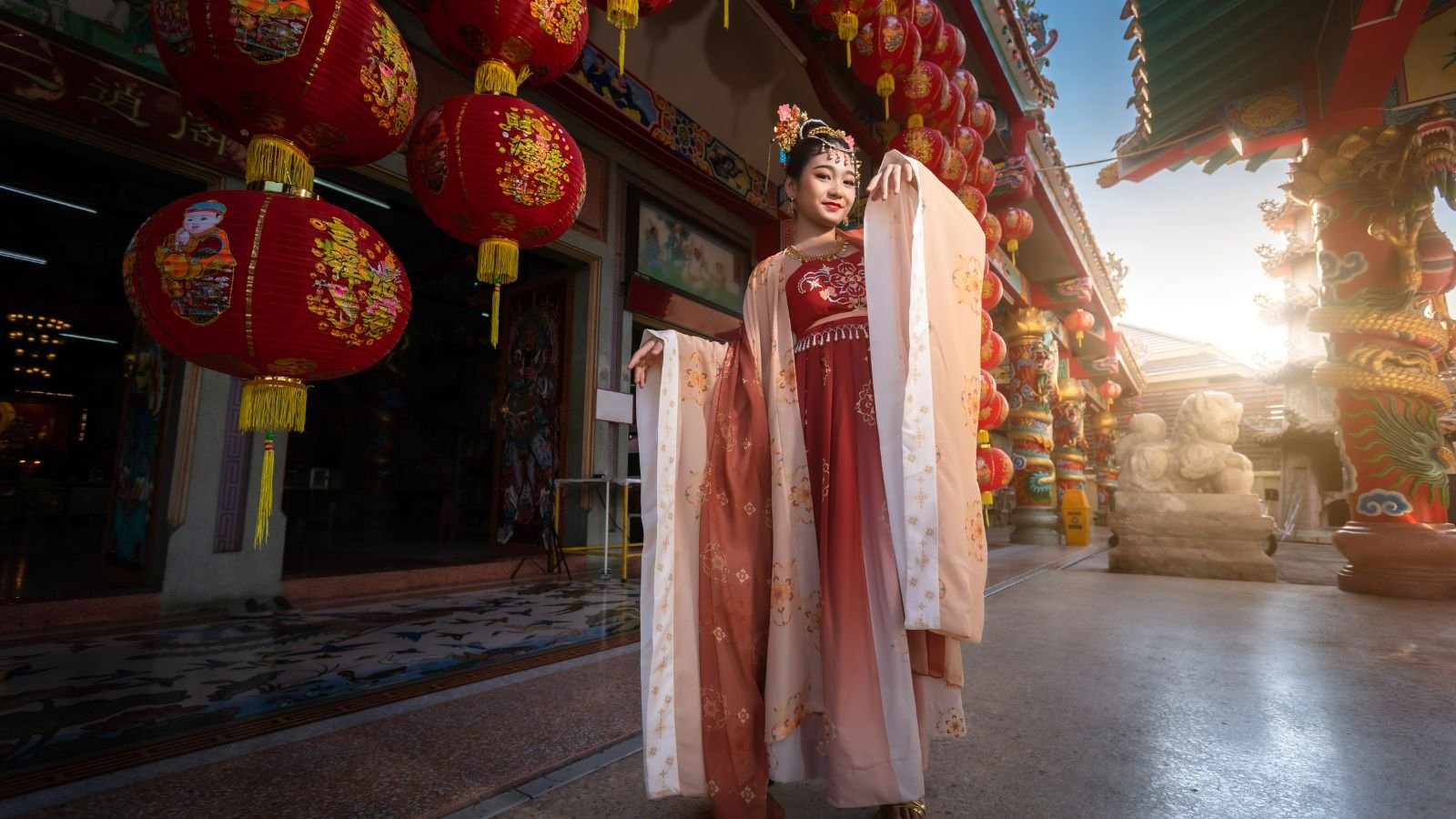
In many Asian cultures, New Year celebrations occur at different times of the year. For example, Indian cultures celebrate their new year in March/April, while in China, the Lunar New Year is celebrated with more elaborate festivities than January 1st.
Eating With Hands Instead Of Utensils
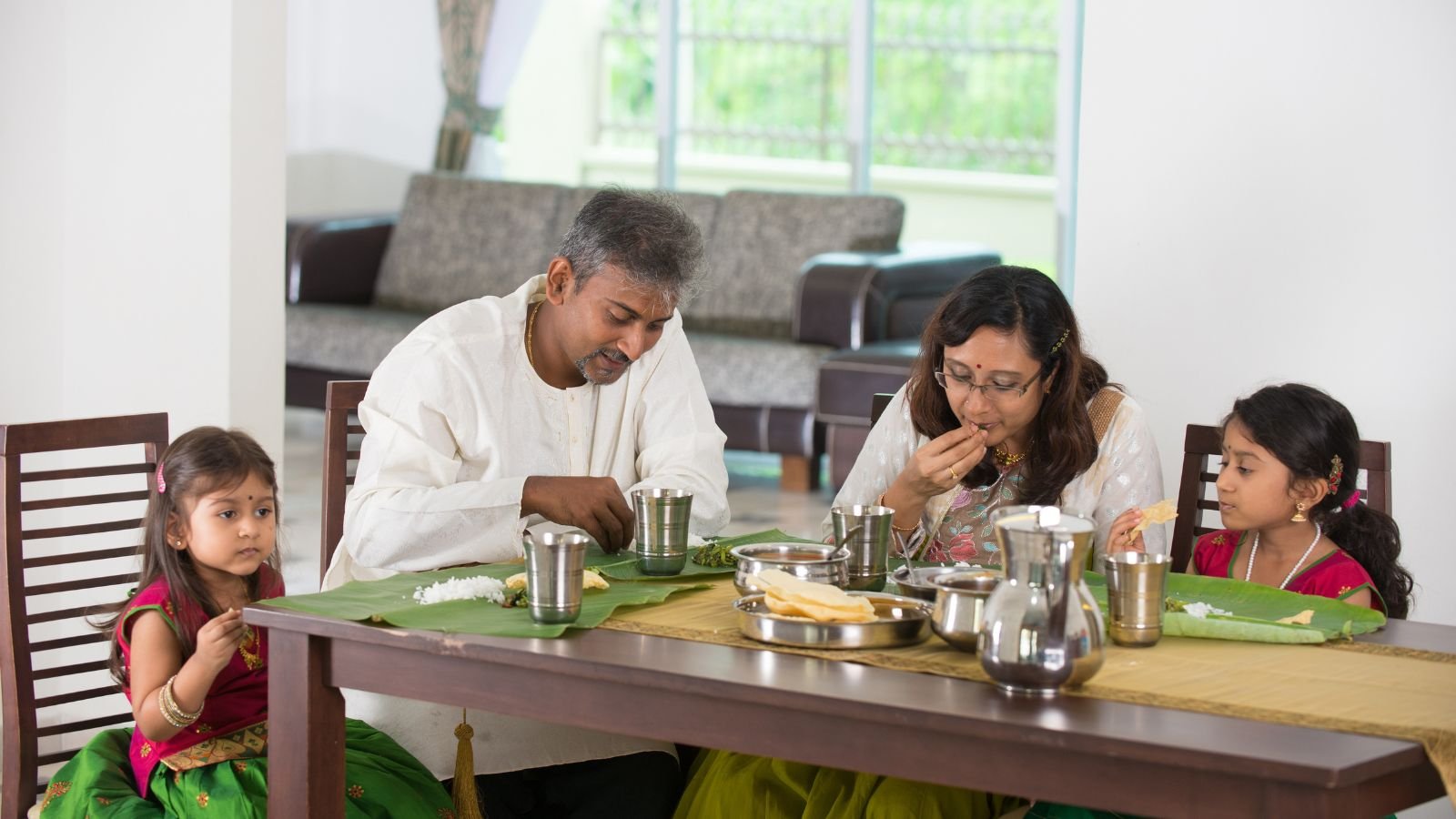
In countries like India, Pakistan, Bangladesh, the Middle East, Sri Lanka, and the Philippines, eating with hands is common, especially for certain types of food like rice and curry. This method is believed to enhance the dining experience by engaging more senses. However, food is usually eaten with the right hand while served with the left. Americans, who are accustomed to using forks, knives, and spoons, may find this practice surprising.
Not Opening Gifts Immediately

In many Asian cultures, particularly in China and Japan, opening a gift before the giver is considered impolite. The recipient often waits until later to open it to avoid appearing greedy or ungrateful. It might surprise Americans, who typically open gifts immediately and express their gratitude on the spot.
The Practice Of Feng Shui And Vastu Shastra

Feng Shui, an ancient Chinese practice of carefully placing furniture and objects to ensure harmony and balance, is taken very seriously in many Asian households. Similarly, Indians follow the practice of Vastu shastra, a traditional architectural system based on five essential elements: air, water, earth, space, and fire. Americans, who view interior design more from an aesthetic or practical standpoint, might be surprised by the importance placed on these old systems.
Family Elders Eating First

In many Asian cultures, it’s customary for the youngest family members to wait until the elders have started eating before they begin their meal. This tradition emphasizes respect for elders and the importance of family hierarchy. Americans, who may be more accustomed to everyone starting a meal together, might find this practice surprising.
The Role Of Matchmaking In Marriage

Arranged marriages, or at least the involvement of the family in choosing a spouse, are still common in some Asian cultures, particularly in India and Pakistan. While love marriages are becoming more common, the tradition of family involvement remains strong. As per a 2020 survey by Statista, Millennials and Generation Z members in India prefer love marriage to arranged marriage.
Giving Away Leftover Food

Many Asian households give leftover food to helpers or those in need rather than letting it go to waste. This practice is rooted in the cultural value of sharing and caring for others, especially those who may not have as much. It reflects a sense of community and responsibility towards those who assist in daily household tasks. Americans, who typically store leftovers for later consumption, may find this tradition surprising.
Sitting On The Floor To Eat
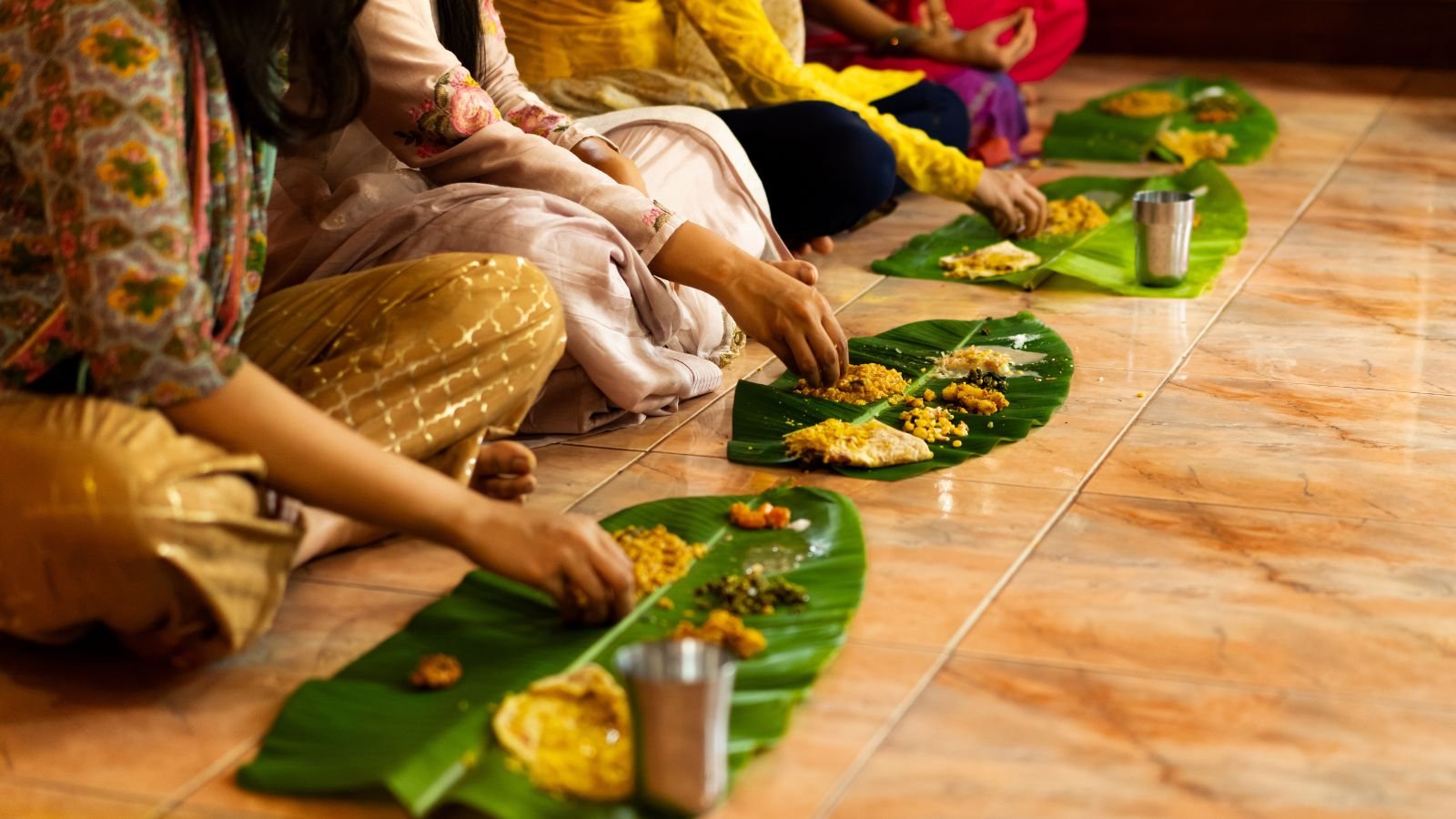
In many Asian cultures, particularly in India and Japan, it is common to sit on the floor while eating. This practice is not only traditional but also believed to have health benefits. Sitting cross-legged on the floor encourages better digestion and promotes flexibility. The posture aligns the body in a way that supports the natural process of digestion.
